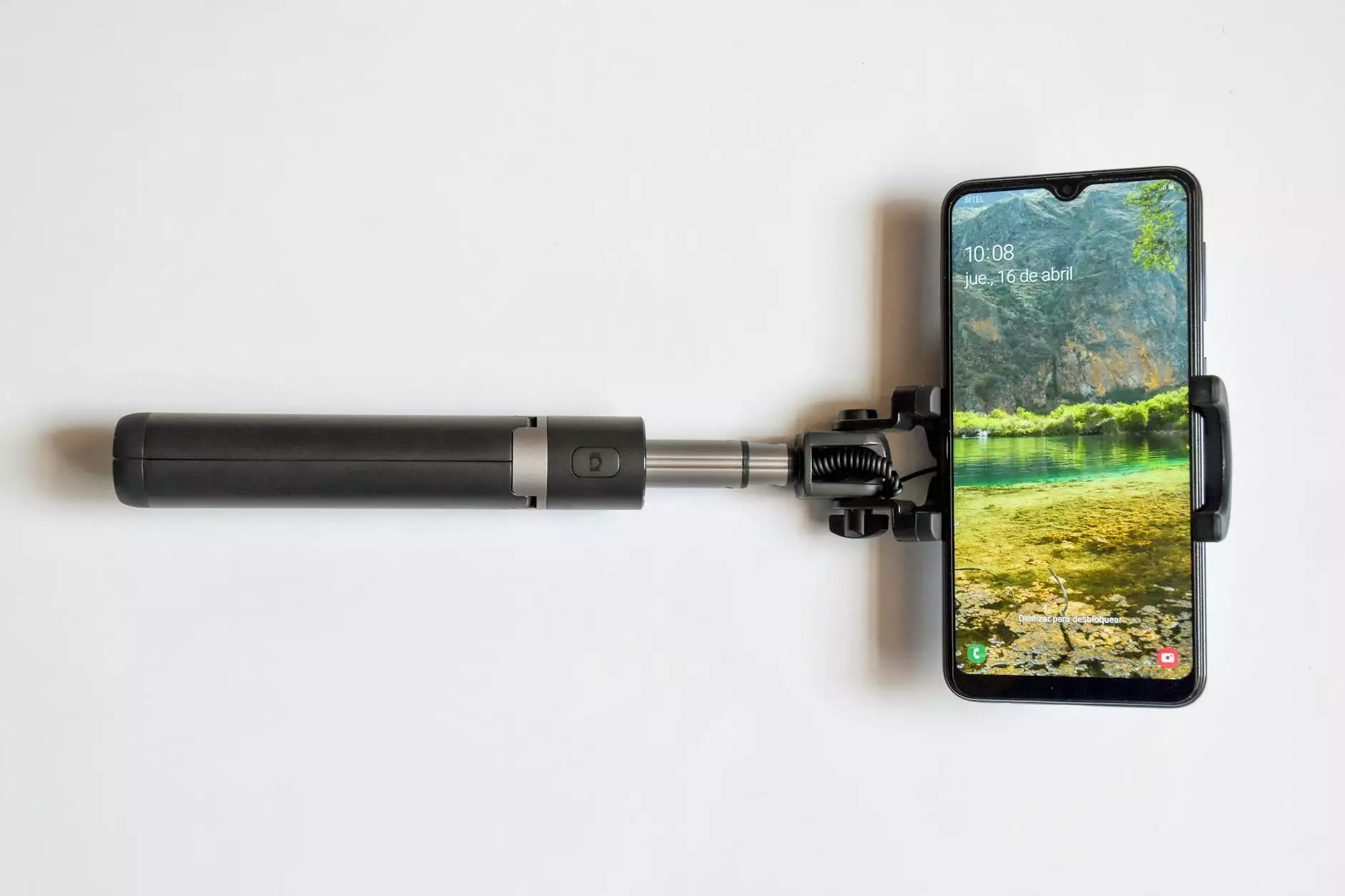Understanding the Western Blot Transfer Apparatus: A Key Tool in Protein Analysis

The field of molecular biology has witnessed immense transformations over the last few decades. One critical advancement that has significantly impacted protein analysis is the western blot transfer apparatus. This indispensable laboratory equipment is pivotal for researchers and scientists striving to detect and analyze proteins accurately and efficiently. In this comprehensive article, we delve into the intricacies of the western blot transfer apparatus, its working principles, its importance in scientific research, and much more.
What is a Western Blot Transfer Apparatus?
The western blot transfer apparatus is a specialized device designed to facilitate the transfer of proteins from polyacrylamide gels to solid membranes, typically made of nitrocellulose or polyvinylidene difluoride (PVDF). This transfer process is an essential step in a technique known as western blotting, which combines gel electrophoresis and immunoblotting to identify specific proteins within a complex mixture.
The Process of Western Blotting
Western blotting involves multiple steps, including:
- Sample Preparation: Proteins are extracted from biological samples and quantified.
- SDS-PAGE: Sample proteins are separated based on their size via sodium dodecyl sulfate-polyacrylamide gel electrophoresis.
- Transfer: Proteins are transferred from the gel to a membrane using the western blot transfer apparatus.
- Blocking: The membrane is treated to prevent non-specific binding during the next steps.
- Antibody Incubation: Primary antibodies specific to the target protein are applied, followed by secondary antibodies that are conjugated with a detectable marker.
- Detection: A detection method appropriate to the conjugated marker is applied to visualize the bands corresponding to the proteins of interest.
Types of Western Blot Transfer Apparatus
There are two primary methods for protein transfer in western blotting: electroblotting and capillary blotting. Each requires a specific type of apparatus designed for its respective methodology.
1. Electroblotting Apparatus
The most commonly used western blot transfer apparatus is the electroblotting system. This apparatus utilizes an electric current to facilitate the transfer of proteins from the gel to the membrane. Key components include:
- Transfer Tank: A conductive chamber filled with transfer buffer.
- Power Supply: Provides the necessary current for protein transfer.
- Cooling System: Maintains optimal temperature to prevent overheating during the transfer process.
Electroblotting is favored for its speed and efficiency, typically transferring proteins in a matter of minutes.
2. Capillary Blotting Apparatus
Capillary blotting involves rack setups where the gel and membrane are placed in contact, allowing proteins to migrate via capillary action. This method is usually slower but is advantageous for certain types of proteins or membranes.
Importance of the Western Blot Transfer Apparatus in Molecular Research
The western blot transfer apparatus holds critical significance in several areas of molecular research:
1. Protein Identification
Through western blotting facilitated by the transfer apparatus, scientists can accurately identify specific proteins within complex mixtures, which is essential in various research fields, including cancer biology, immunology, and neuroscience.
2. Disease Diagnosis
Western blotting is frequently employed in clinical diagnostics to confirm infections, such as the detection of HIV antibodies, thereby enabling prompt and accurate disease diagnosis.
3. Protein Expression Analysis
Researchers utilize this technique to quantify protein expression levels in various conditions, shedding light on biological pathways and mechanisms underlying different diseases.
Advantages of Using a Quality Western Blot Transfer Apparatus
Investing in a high-quality western blot transfer apparatus offers numerous advantages:
- Precision: High-quality apparatuses ensure accurate and consistent transfer of proteins with minimal loss.
- Reproducibility: Reliable systems allow for reproducible results, an essential factor in scientific research.
- User-Friendly Design: Modern systems are often designed for ease of use, reducing setup time and increasing experimental throughput.
- Versatility: Many models can accommodate various gel sizes and types, extending their utility in diverse applications.
Choosing the Right Western Blot Transfer Apparatus
When selecting a western blot transfer apparatus, consider the following factors:
1. Compatibility
Ensure the apparatus is compatible with the type of gels and membranes you plan to use, whether it be nitrocellulose or PVDF.
2. Efficiency
Look for systems that allow rapid protein transfer without compromising the integrity or yield of the proteins.
3. Reviews and Recommendations
Research reviews and obtain recommendations from other researchers in your field to ensure you are investing in a reliable system.
4. Manufacturer Support
Choose manufacturers that provide robust customer service, support, and warranty to assist with any potential challenges.
Advanced Features in Modern Western Blot Transfer Apparatus
Today's western blot transfer apparatus often come equipped with advanced features designed to enhance user experience and result accuracy. Some innovative features include:
- Digital Control Panels: Allow precise control over voltage, time, and temperature settings.
- Integrated Cooling Systems: Help maintain optimal conditions during longer transfer protocols.
- Modular Designs: Enable easy interchangeability of parts and ease of cleaning to maintain performance.
- Automated Protocols: Streamline operations and reduce variability in results.
Conclusion: The Future of Protein Analysis with the Western Blot Transfer Apparatus
In conclusion, the western blot transfer apparatus stands as a cornerstone of protein analysis within molecular biology. Whether in academic research, clinical diagnostics, or biopharmaceutical development, its role is indispensable. By providing reliable, efficient, and accurate means of protein transfer, this apparatus paves the way for groundbreaking discoveries and advancements in science.
Investing in quality equipment, understanding the underlying principles, and keeping abreast of emerging technologies will enhance research outcomes and contribute to scientific progress. As the landscape of molecular biology continues to evolve, the importance of reliable and efficient methods will only grow, highlighting the pivotal role of the western blot transfer apparatus.
For more detailed information and to explore available models, visit precisionbiosystems.com.









